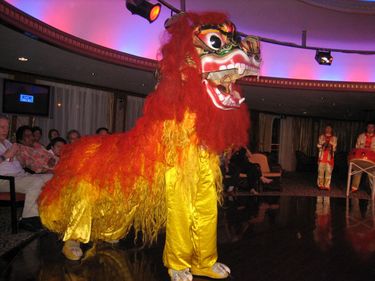Uncle Brian Entertainment & Event Management
We have an excellent record of providing high quality acts and performances to clients throughout the UK. Street entertainers, actors, musicians and circus performers are available to book through our website.
Established suppliers of innovative stilt walkers, fire performers, glamorous shot girls/guys, models, dancers, human statues and lookalikes.
We provide complete fun day packages or single items for your next event. From Rodeo Bull Hire & Saloon Bar Shoot Out to Surf Simulator & Laser Shot, Shooting Simulator Hire. Also Fun Foods like Chocolate Fountains, Candy Floss & Popcorn side stalls & a massive range of inflatables, Human Table Football, Penalty Shootouts, Obstacle Courses, Bungee Runs & Much Much More.
Providing entertainers for all kinds of events. Whether you need a Childrens Entertainer in Scarborough or a Magician in Yorkshire we have an excellent record of providing high quality acts and performances to clients throughout the UK. Street entertainers, actors, musicians and circus performers are available to book through our website. Check out what our customers say here
UBEEM
Burwell House,Folkton,
Scarborough,
North Yorkshire,
YO11 3UH
UK
Phone:- 01723 891441
Mobile:- (07801) 969464
dfrow2011@gmail.com
VAT No. 721563060
If we have not got it,we can get it.
Please note that our pricing structure is flexible enough for both large and small events.
Northern China Lion Dance

History of Lion Dance
According to experts lion dance originated over 1500 years ago, the lion itself is not native to China. The first one was brought to China as a tribute during the reign of the Emperor Shun (126-145) of the Han dynasty. But China had no zoos, and very few people had actually seen a lion. So how did they go about imitating the lion in their dances?
'By looking at the animals around them' Chinese lion dance can be divided into two broad categories:
The Northern style imatates the dog and the Southern the cat. The Northern or Beijing version is short, stocky and furry, much like an oversized Pekinese. It is mainly used by Chinese Circuses & acrobats entertaining audiences with their humor and mannerisms.
There are two styles of Southern lion dance, one style is from Fujian and the other is from Guangdong (Canton). which is also the most popular. The Cantonese lion can be divided into two styles one is Foshan, which is very popular in Hong Kong and most Chinese communities around the World. The other is the Heshan, which is popular in Malaysia, Singapore and with competition teams.
Lion heads are constructed of papier-mache applied over a frame of wicker and rattan, some of the modern heads use aluminum and plastic in their construction. The heads are then painted different colours used to signfy different characters, but like women who wear make up so the heads have become more colourful. Here are the colours of the heads and which characters they signfy:
Yellow - Liu Bei
Red - Guan Gong
Black - Zhang Fei
(the above are all characters from 'The Three Kingdoms').
Origin of Lion Dance
There are many stories about the origins of lion dance, here are the three most popular stories about the origin of lion dance:
THE LION BREAKS THE ELEPHANT FORMATION
During the Sung Dynasty (420-479), the General Zhong Yue led an army south to quell the country of Lin Yi, located somewhere around Laos & Burma. The King of the Country used an 'elephant formation' to stop the army's advance. But the general had an idea, having heard that all beasts submit to the lion. He ordered his subordinates to construct imitation lions and put them on the front line. As soon as the elephants saw them they scattered and Lin Yi submitted to the Sung.
THE LION AND THE NIAN
A long time ago a fierce creature (*Nian)appeared, which terrefied the villagers. No one could fight the Nian, so in despair the villagers asked the lion to help. The lion attacked the Nian and injuried it, the Nian vowed to take revenge. The Nian did return this time the lion was unable to help, so the people constructed an imitation lion out of bamboo & cloth. 2 men operated the lion while the rest of the people banged there pots & pans. When the Nian saw the lion and heard the commotion it ran away. The Villagers carried on with this tradition every year to scare away evil. *Nian in Chinese sounds like Year.
THE LION SAVES AN EMPEROR
Legend has it that the Emperor had a dream one night in which he became separated from his army and lost, with no food or drink he began to panic. He then saw a strange looking animal that protected him and guided him back to the palace. the next morning, the Emperor described the dream to his ministers. One minister told
the Emperor that the strange animal resembled a creature from the West, the Lion.
